Last week I talked about our adventures in vouchering the plants of Portal. This week I’ll get a little more in depth about the project that prompted this collection push.
One of the neatest things about Portal is that we have so many species of rodents coexisting together in the system (up to 21, in fact). Over the years, we’ve speculated on many potential reasons for this. When a fun new technique–DNA metabarcoding–for “easily” analyzing diet from fecal samples popped up on our radar, we started wondering if this was something we could use at our site to ask some neat questions.
For example:
- What are the rodents actually eating?
- Are different species of rodents eating different things? If so, is that possibly one reason so many species are able to coexist at the site?
- Does the presence/absence of a behaviorally dominant species affect the diets of other species?
- How does diet breadth change through time, especially with high seasonal and annual variability in food resources?
- Etc., etc.
Once we started thinking of questions, it was hard to stop. To ask any of these questions, though, we need to know what DNA metabarcoding even meant and whether it could give us the information that we were hoping for. We started looking more into DNA metabarcoding to try to figure out what it actually was, considering none of us have much experience with genetics. We came to understand that, for our intents and purposes, DNA metabarcoding can be best thought of as the simultaneous identification of multiple species from a single sample (fecal samples, in our case). It offers an efficient and effective way to determine diet content without intensive observation or fatal sampling. As it turns out, DNA metabarcoding has actually be around for over a decade, mostly being used in the microbiology world. By the mid-2000s, microbial ecologists had started bringing the technique into ecological circles. Since then, it has been used to enhance biodiversity surveys through environmental DNA, or eDNA, as well as assess the diets of animals. What is just starting to be done with this technique is using it to compare diets between coexisting species.
In order to assess the diets, we needed to create a DNA reference library, with DNA from the plants at Portal. This way, we can compare the sequences that are extracted from the rodents’ fecal samples to the plants found at the site. This is where the plant vouchering came into play! We can also pull in data from huge international genetic databases, such as GenBank, to potentially find any plants we’ve missed.
So far, we’ve done four rounds of fecal collections–usually during plant censuses when we have lots of helping hands! Once the fecal samples have gone through the black box of next generation, or high-throughput, DNA sequencing, what we get back is rows upon rows of data about which plants have been eaten by which rodents. While we’re still working through the results, the preliminary data looks promising! We’re able to identify quite a few of the plants that they are eating, and we might even be picking up some shifts in diet between treatment types. Once we have a better picture of what is happening, I’ll chime back in with an update.









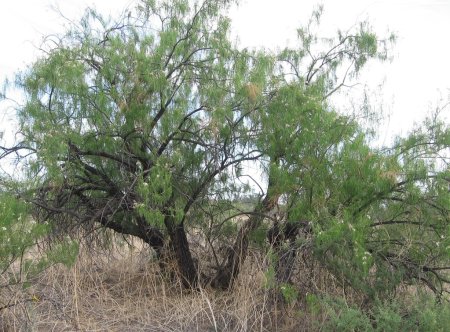
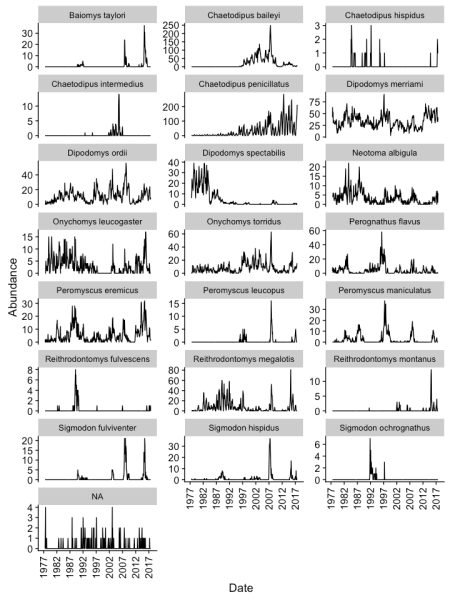
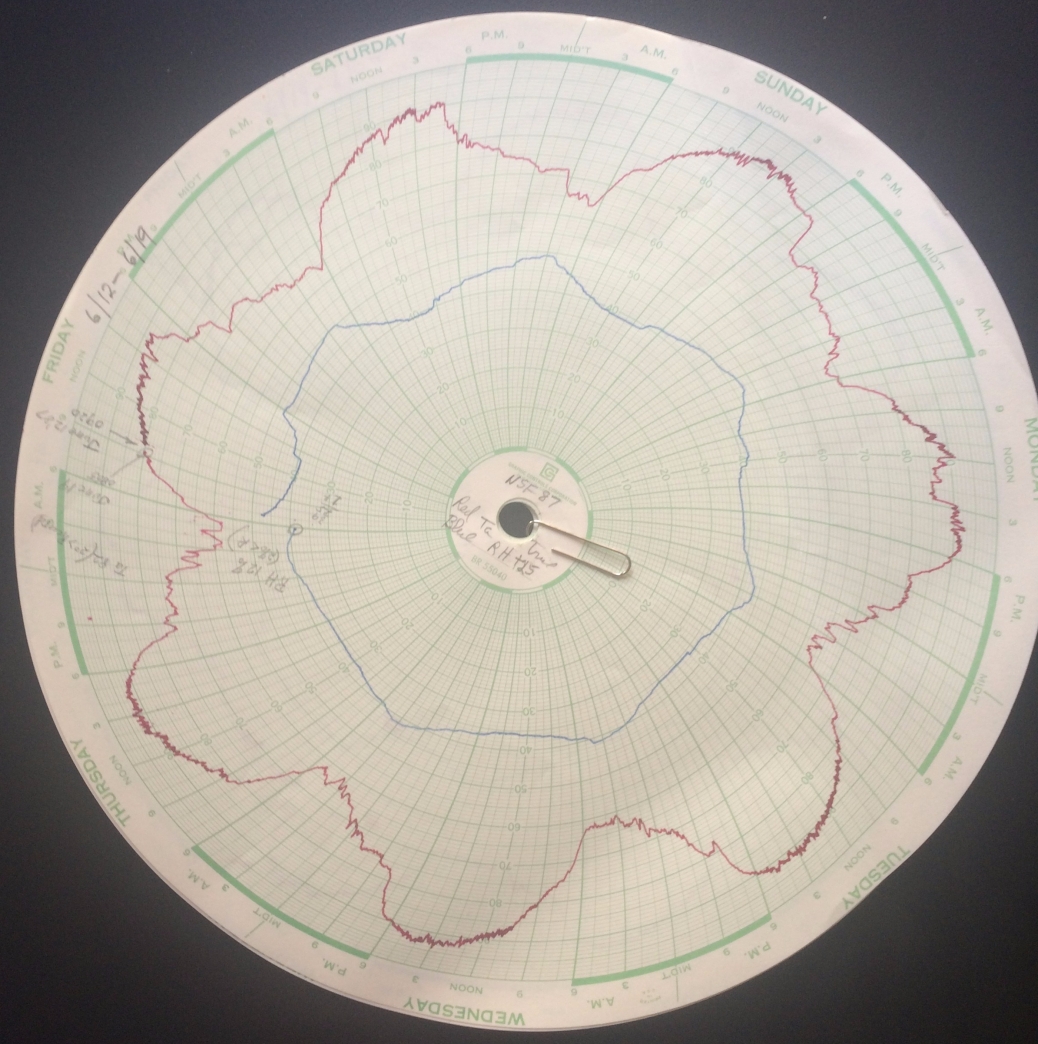



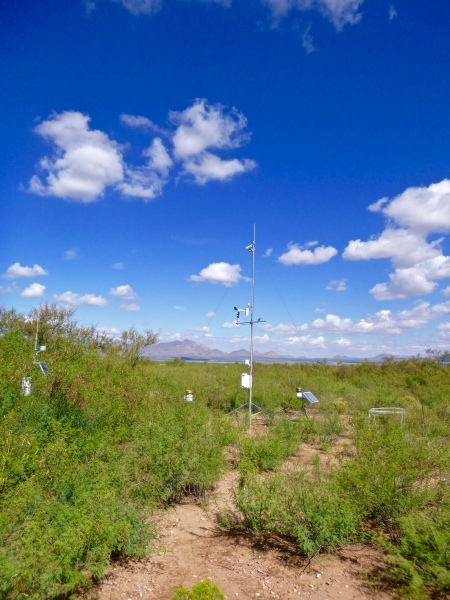
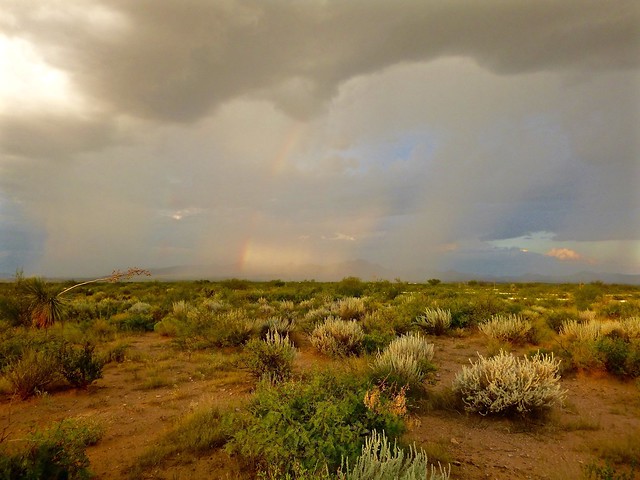




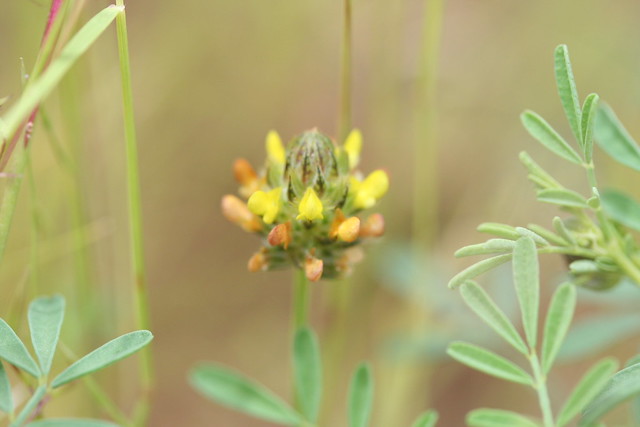
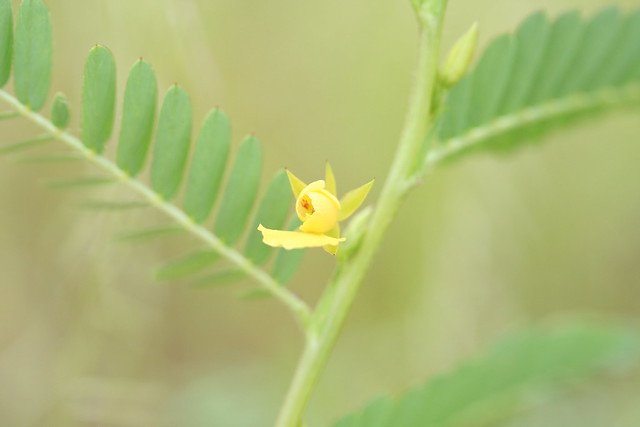
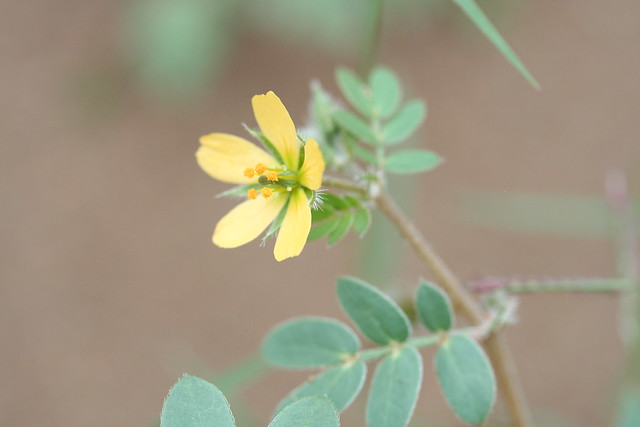
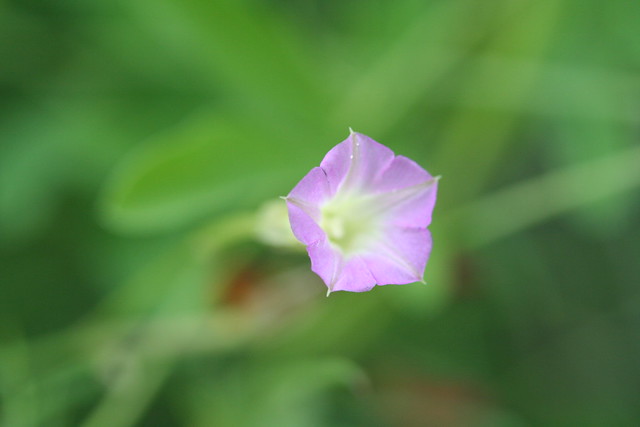
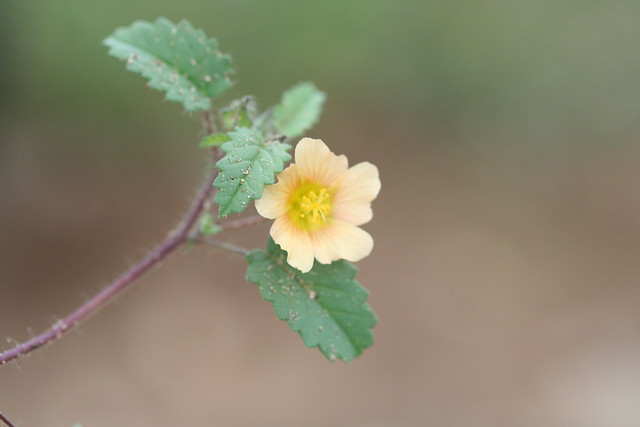

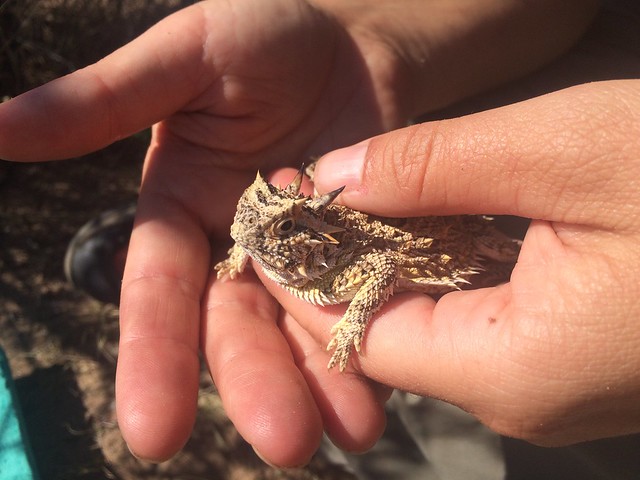























 A male K-rat hiding behind a SWRS intern (©Leigh Nicholson)
A male K-rat hiding behind a SWRS intern (©Leigh Nicholson)



